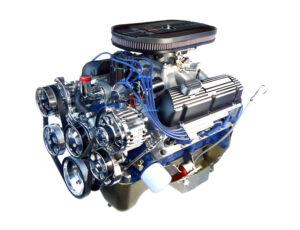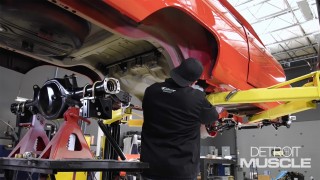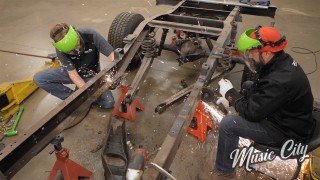How VTEC Really Works
Obviously, we all know VTEC is the reason any Honda Civic is just one exhaust upgrade away from being fastest car on Earth. But, do you know how it actually works?
Instead of getting into how exactly the Variable valve Timing and lift Electronic Control strikes a unique balance between power and efficiency, the guys over at CarThrottle put it into much simpler terms and have actually put together a great VTEC explainer animation for all of us to enjoy.
To make it even simpler, at the risk of insulting your intelligence, basically, a camshaft is the bumpy stick in your engine mounted horizontally. The bumps on this stick push the engine’s valves open, and those valves let air into the combustion chamber.
More air equals a bigger bang and more power which is the end result we’re all wanting. So, therefore, big bumps, which are called cam lobes, can make more power while smaller ones generally enable better efficiency.
VTEC lets one engine have two tiers of cam lobes; a small set for low RPM high-efficiency puttering and a bigger set for air-sucking hard acceleration. Granted some VTEC-equipped Hondas are more performance-oriented than others and the delta between one cam profile and another isn’t necessarily as dramatic as Honda guys might claim. But, as you can hear in that sound clip of the O.G. Civic Type R in the video, an appreciable is definitely happening when a car crosses the VTEC threshold.









